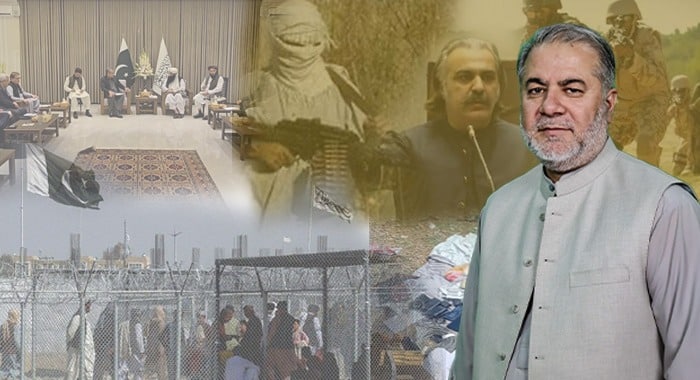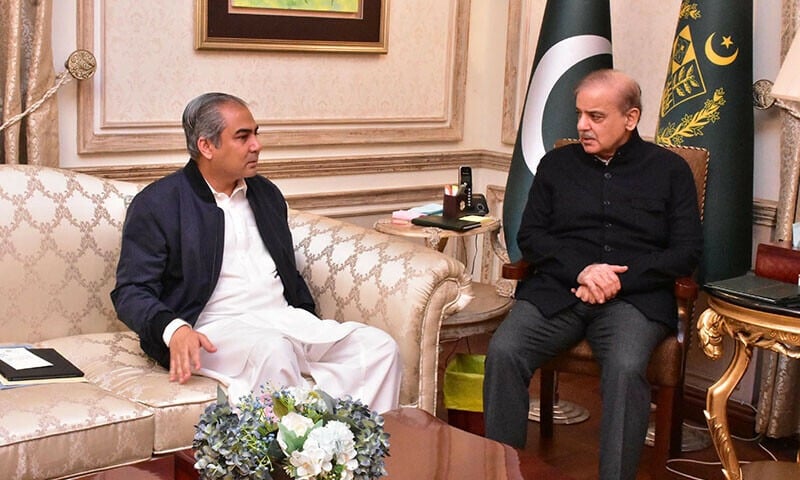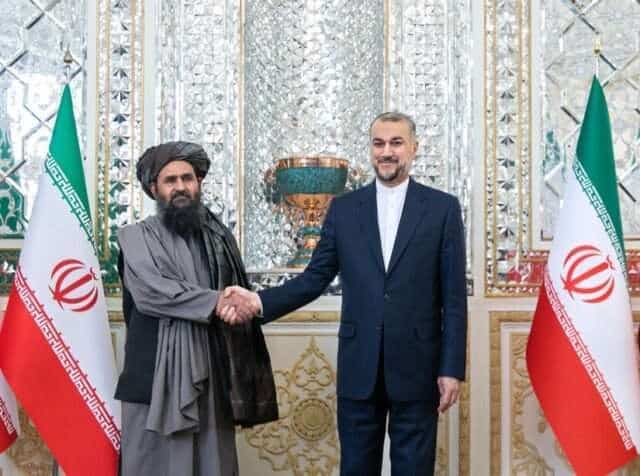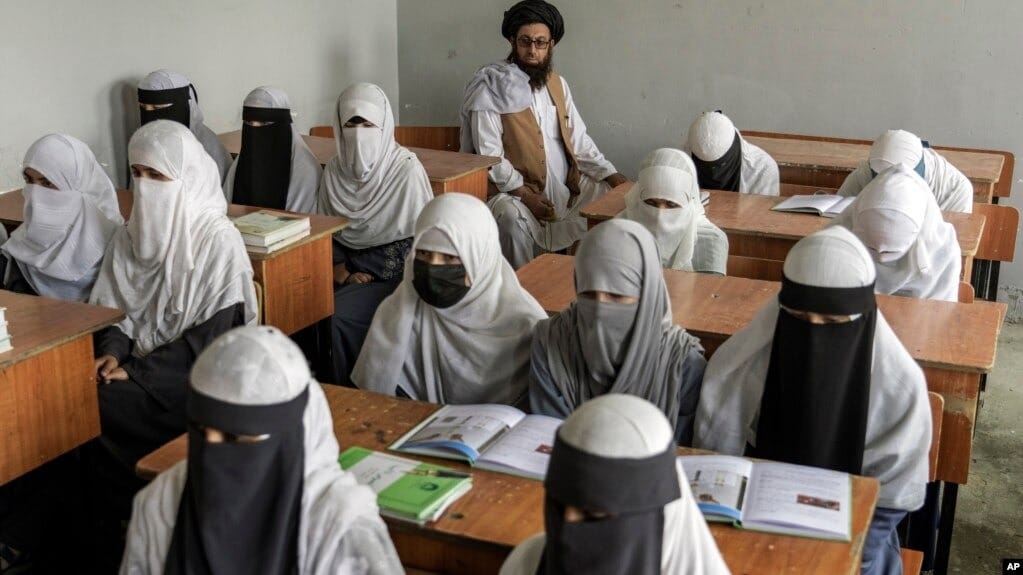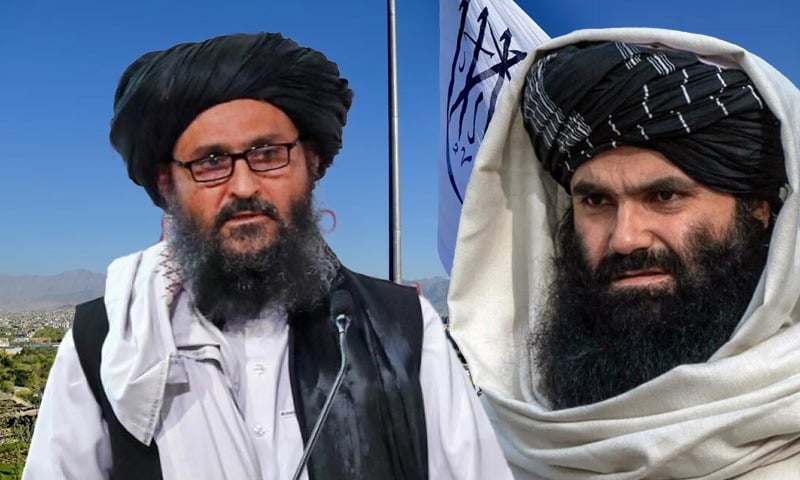The recent operations in Dargai, Malakand and Hangu have once again exposed how deeply the terrorist threat is embedded in Khyber Pakhtunkhwa. The operation in Dargai, a tehsil of Malakand, caught many by surprise, not just because of the number of Khawarij killed or arrested, but because no one expected such a strong presence of militants in this area, so close to Mardan. For many, it was assumed this region had been cleared.
But militants don’t always operate in the open. They think far ahead. Instead of gathering in large numbers, 100 or more, they’ve now split into smaller cells and quietly spread out into remote areas like Mardan, Buner, Swat, and central parts of KP. They knew how to avoid detection, but no matter how secretive, these things don’t stay hidden for long.
The operation in Dargai had been ongoing for two days, and the eventual statement from the Deputy Commissioner confirmed nine dead. Later, the ISPR reported some militants had been arrested. What was most concerning, however, was the presence of Afghan nationals among the militants. These were not just guests. They were stationed here, hosted by local Pakistani terrorists, and were active in fighting Pakistan’s security forces. This shows just how organised and embedded the network has become.
The situation in Hangu was no less serious. The district police officer himself led the operation and sustained injuries. Other security officials were also wounded. This tells you that the risk isn’t theoretical—it’s a daily reality, even for high-ranking officials. But should this surprise anyone? The southern districts of KP; Karak, Orakzai, Bannu, Lakki Marwat, Dera Ismail Khan, Tank, and both North and South Waziristan—continue to see a strong presence of militants. And that’s why Pakistan is conducting intelligence-based operations (IBOs) across these areas. Yes, there are losses on both sides. But this cycle isn’t new. It’s a continuation of past efforts.
Unfortunately, the government appears to be distracted. While operations are ongoing in KP, the focus in Islamabad is squarely on the Senate elections. Governance and security should go hand in hand, but in reality, they’re far apart. It doesn’t feel like security in KP is even a government priority. The political leadership is consumed by internal matters—mainly, the question of whether or not to release Imran Khan. Yet there’s little genuine interest in solving the security crisis or even addressing the suffering of ordinary people.
Even within the ruling party, discontent is growing. Party workers feel abandoned. Tickets for Senate elections went to the wealthy, not the deserving. Workers who’ve faced arrests and abuse now ask: for how long will we pay the price? Everyone claims to stand by Khan’s vision—but no one seems clear on what that vision really is.
Meanwhile, in KP, when police officers or soldiers are martyred, very rarely do you see the Chief Minister or cabinet members attend funerals or offer condolences to families. This isn’t just symbolic absence—it shows security is simply not on their agenda.
Pakistan has made multiple efforts to resolve the TTP issue with Afghanistan. There have been years of talks. Agreements were made to disarm and relocate militants to places like Paktika, then Ghazni. None of it materialised. The issue is complicated. The Afghan government doesn’t have the capacity to fully act against these groups. Yes, recent meetings like the trilateral dialogue in Beijing have helped bridge some gaps. Border issues have eased somewhat. Visas are being issued more smoothly. And Pakistan’s Special Representative for Afghanistan, Sadiq Khan, is playing a proactive role. He understands the culture and context. That matters.
But still, this won’t be solved with military force alone. Communication is essential. Talks need to happen alongside operations. There’s no quick fix. There’s no simple endgame.
Some statements suggest Indian involvement behind these groups; and yes, India has tried to use Afghan soil against Pakistan before. But these are layered issues. The TTP has now merged more than 50 smaller groups into itself. Funding, ideology, and local motivations are all mixed in. It’s the responsibility of Pakistani security forces to trace where these groups are getting their money and support. That’s a difficult task, but a necessary one.
There are also rumors of fighters from Bangladesh, but I haven’t seen evidence of that. What we have seen; especially before operations like Zarb-e-Azb—are people from many other countries in Pakistan’s tribal areas. Central Asians, Turks, and others, likely backed by different agencies. That time was very dark. Things have improved, no doubt. But we still have a long way to go.
The merger of FATA into KP was supposed to bring change. It didn’t. Police stations were never built. The Levies and Khasadar forces were given uniforms but no training. They lack resources. They lack support. And without those, it’s nearly impossible to restore order or maintain peace in the newly merged districts.
There’s a lot more to be done. And the longer we ignore it, the deeper the problem gets.

